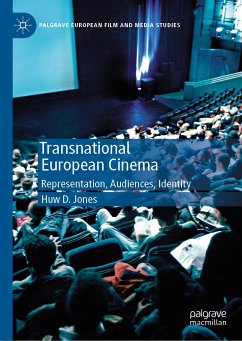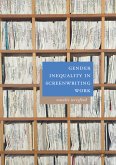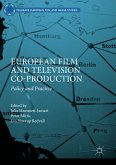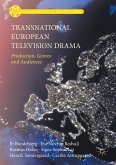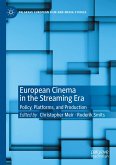- Andrew Spicer, Professor of Cultural Production, University of the West of England Bristol, UK
This book explores how audiences in contemporary Europe engage with films from other European countries. It draws on admissions data, surveys, and focus group discussions to explain why viewers are attracted to particular European films and genres, including action-adventures, family films, biopics, period dramas, thrillers, comedies, and romances. It also examines how these films are produced and distributed, how they represent Europe, and how they affect audiences. Case-studies range from mainstream movies like Skyfall, Taken, and Asterix & Obelix: God Save Britannia, to more middlebrow and arthouse titles, such as The Lives of Others, Volver, Coco Before Chanel, Love Is All You Need, Intouchables, The Angels' Share, Ida, The Hunt, and Blue Is the Warmest Colour. The study shows that watching European films can contribute to people's understandings of other countries and make them feel more European. However, this is limited by the strong preference for Anglo-American action-adventures that offer few insights into the realities of European life. The book discusses what these findings mean for the European film industry, cultural policy, and scholarship on transnational and European cinema. Italso considers how surveys, focus groups, databases and other methods that go beyond traditional textual analysis can offer new insights into our understanding of film.
Huw D. Jones is a Lecturer in Film Studies at the University of Southampton, UK. He previously worked on 'Mediating Cultural Encounters through European Screens' (MeCETES), a collaborative project on European film and television drama, funded by Humanities in the European Research Area (HERA).
Dieser Download kann aus rechtlichen Gründen nur mit Rechnungsadresse in A, B, BG, CY, CZ, D, DK, EW, E, FIN, F, GR, HR, H, IRL, I, LT, L, LR, M, NL, PL, P, R, S, SLO, SK ausgeliefert werden.

